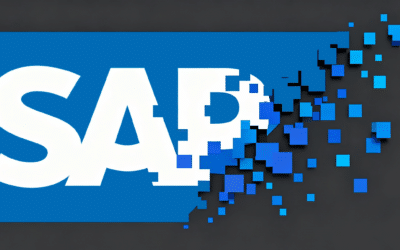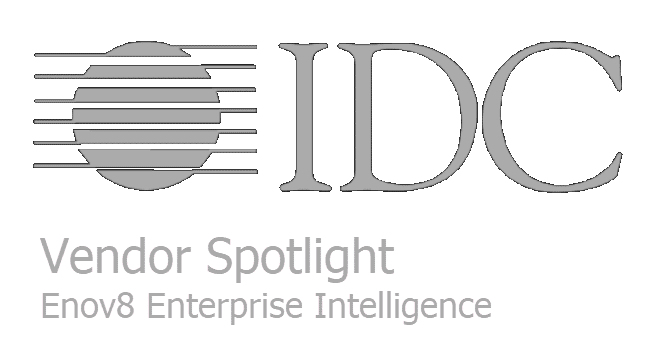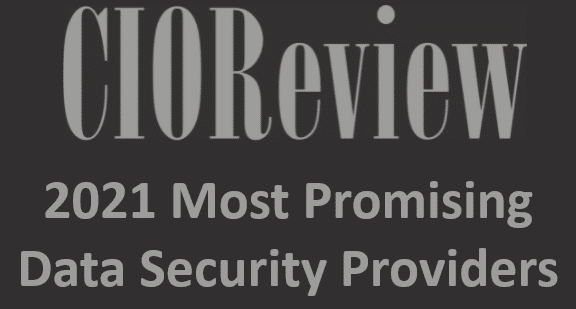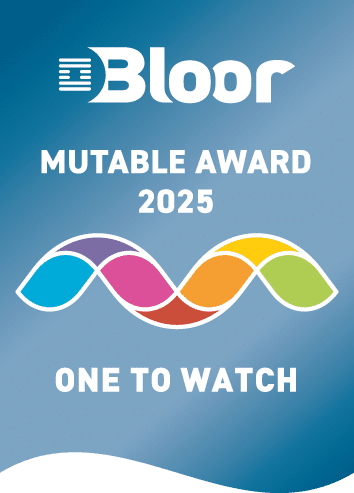The Test Environment Management Plan Template
Two Questions
Two question we often get asked at Enov8 is where does one begin and/or can you provide a good example. In response to the first question, where does one begin we often point them back to two key reference points.The IEEE’s recommended minimum standard for process for Configuration Management.
An overarching guideline for Test Environment Maturity.
Firstly, because at the heart of Test Environment Management is Configuration Management. There is no getting away from it, the heart of good TEM is Identification, Managements, Status Accounting & Audit. And secondly TEM is more than simply Configuration Management, TEM has associated “nuances” that move into the wider world of Agile, ITSM & ITOM. In response to the second, can we provide a good example we often scratch our head 🙁 … You see, the problem with providing an example is there are not many good samples of a Test Environment Plan available online. In fact, it is often hard enough to find “good” Configuration Management Plans, and people have been writing these since the seventies. So, with that in mind, we decided to put together a template (a simple guideline) that other people can follow and leverage. A template that shares many of the structural elements you might expect to find in a Configuration Management Plan, but with an extra twist aligned to the IT & Test Environment Management Maturity Index.Example TEM Plan Template Structure
Test Environment Management Plan (Light Version)1 Introduction
Tip: Initial TEM introduction, scoping & context. 1.1 Purpose of the TEM Plan 1.2 Scope of Document Tip: In addition to TEM process we suggest you describe at a high level, your Test Environment(s) your supporting here. 1.3 Definitions, Acronyms and Abbreviations 1.4 Document References 1.5 Document Overview2 The TEM Team Structure
Tip: High Level overview of TEM team structure & enablers. 2.1 Organisation 2.2 Responsibilities 2.3 Tools & Infrastructure3 The TEM Process
Tip: Define how each primary process will be realized (think People, Process & Tools) 3.1 Knowledge Management Refer: Mapping your Environments. 3.2 Demand Management 3.3 Planning & Coordination 3.4 Service Management 3.5 Data Operations 3.6 Application Operations 3.7 Infrastructure Operations 3.8 Status Accounting & Reporting4 Plan Outcomes
Outline the primary benefits of implementing this Test Environment Management plan. For example: The intention / benefits of implementing this plan can be summarized as follow:- End to End visibility of Test Environments
- End to End Visibility of Activity
- Operational Standardization
- Increased DevTest productivity
- Reduced Environment Incidents / Disruption
- Accelerated IT Project Delivery
- IT Cost Optimization / Controlled Spend i.e. spend based on need & usage.
5 Implementation Project Plan
Tip” Describe how we will get there. 5.0 Project Resources 5.1 Delivery Milestone Plan 5.2 Actor Training Plan 5.3 Optimization Plan6 Appendix
A Concise Download Version
For a more concise version of above (with section explanations) please download our PDF example.Post Authoring Review
Happy with your document and/or new processes?- Hold regular retrospectives with stakeholders & team members to get ideas for improvement.
- And use our online EMMI calculator to compare it against the EMMI methodology.
Relevant Articles
Enterprise Release Management: A Comprehensive Guide
Enterprise Release Management (ERM) is a set of end-to-end practices that enable large organizations to effectively manage software releases. ERM is uniquely designed for the challenges of multiple teams building and releasing software simultaneously. ERM establishes...
Your Essential Test Environment Management Checklist
“Test Environment Management Checklist.” Yep, that sounds like a mouthful, but don’t let that discourage you. The idea here is quite simple—adopting a checklist to evaluate the soundness of your test environment management approach. Even though the idea sounds simple...
A Detailed Guide to SAP Data Masking
SAP systems handle some of the most sensitive data in the enterprise: financial transactions, HR information, supplier records, customer profiles, operational details, and more. For that reason, copying production data into non-production systems without modification...
Release vs Deployment Management: What’s the Difference?
In the always-an-adventure world of IT service management, there are several key processes that are essential for delivering high-quality services to customers and end-users. Two of the most critical processes are release management and deployment management....
7 Tools to Help with Application Rationalization
Application rationalization is the process of identifying which applications an organization should keep, update, consolidate, or retire. Think of it as a financial adviser, but instead of your investment portfolio, it's your application portfolio. Most companies take...
Pairing DevOps with Test Environment Management
For many organizations, DevOps is the best practice for efficiency. However, this model doesn’t come easily as the organization needs to put certain things in place. For example, the firm needs to incorporate the right tools to ensure its delivery pipeline and...










